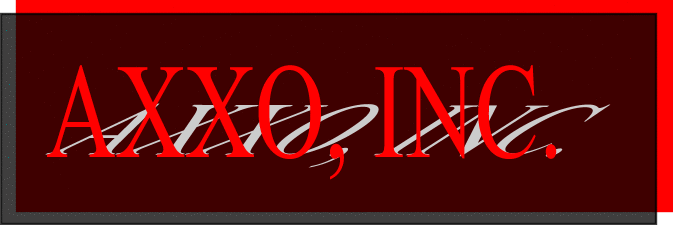

| SDR works by increasing the heat transfer of the water wall tubes of the boiler. This is done by the removal of the accumulated residue and deposit. Improved flue gas thermal properties due to the higher heat adsorption prevent gradual increase of NOx levels. |
| SDR is a tried and proven product for removing residues on heat exchange surfaces. This unique product is injected directly into the flame or into a hot flue gas zone. The safe and chemically active neutralizing gases which formed penetrate the residues and react with the acid components. The chemical reactions cause the residues to expand and either fall off or be blown off during soot blowing. The reaction products are dense and heavy, thereby reducing the amount of particulate matter emitted from the stack. There are also reactions with residues as they are formed and before they can adhere to tubes and other heat exchange surfaces. |
| SDR is particularly effective in systems where there is Vanadium slag formation. Corrosion problems associated with many Vanadium compounds are reduced and, at the same time, there is an increase in heat transfer. SDR not only lowers the unburned carbon content but also the formation of soot deposits on the tube surfaces. The reduction of the residue accumulation will keep lanes clear, gas passes open and lower the ID fan air signal. It is also possible to operate satisfactorily from startup after cleaning to the next scheduled outage without increasing the ID fan air signal. |
| SDR is effective throughout the entire boiler system, including regenerative air preheaters where it is necessary to have minimum residue accumulation and minimum corrosion. |
| 1. | |
| 2. | |
| 3. | |
| 4. | |
| 5. | |
| 6. | |
| 7. | |
| 8. | |
| 9. | |
| 10. | |
| 11. | |
| 12. | |
| 13. | |
| 14. | |
| 15. | |
| 16. | |
| 17. |

 |
 |
 |